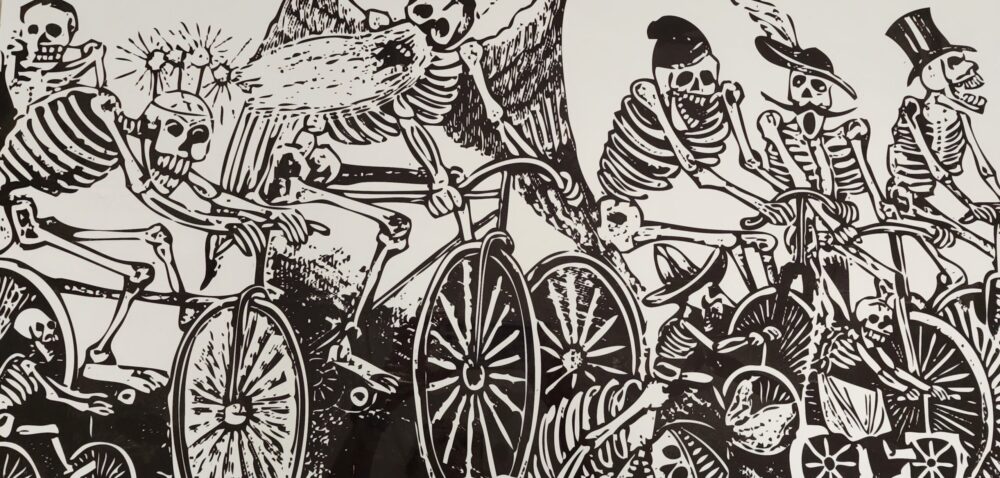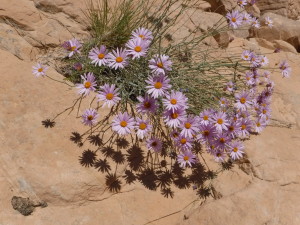Sharing the Road:
Just back from a five-day backpacking trip, writing about traffic safety is pretty far from my mind. But during the trip I was reminded of something I notice every time I go out hiking: the things I am visually and mentally taking note of changes. Another way to say this is that search images are developing in my mind.
“Search image” is a term I learned from a biology professor many years ago, meaning key visual input that alerts an organism to something important in its environment, often a prey item.
The first day out hiking, most of my focus goes to the trail, to the next few steps. As this becomes more mater-of-fact, I can expand my focus and attention to include things like wildflowers or lizards. Development of these search images is definitely enhanced by the positive reinforcement of these great visuals (and not twisting my ankle).
I share this experience with you with the hope that you will put it to use when you are driving.
Most of us have probably had the experience of looking once only to be surprised when we look again that there is a bicyclist, motorcyclist or pedestrian right there in front of us. One of the most common things that a motor vehicle driver says when they hit an alternative road user is “I didn’t see you!”
The only way to improve this situation is for motorists to develop search images for bicyclists and all the other road users out there who are not inside a large vehicle. Acquiring this search image might not happen as naturally as search images develop for me on a hiking trail, but considering the consequences, the investment of a little time and effort is well worth it.
With intent, over a few days or weeks, you will get the hang of “seeing” cyclists on the road. Make this the summer you work on developing your search image for alternative road users.
 Cyclists, motorcyclists and pedestrians out there, make this the summer you start giving motorists that do see us some positive feedback. Smile and give a wave or nod.
Cyclists, motorcyclists and pedestrians out there, make this the summer you start giving motorists that do see us some positive feedback. Smile and give a wave or nod.
Let’s make this, the summer of 2015, the summer we learn to really see and acknowledge each other on the road!
You can read about Visual Searchs yourself, which looks at the idea of developing a search image and applies it to human attentiveness. My encouragement for drivers to develop a search image for smaller road users like cyclists is referred to in the Wikipedia page as Endogemous Orienting or Top-down Activation, depending on which theoretical philosophy you like. No matter what you call it, this is the phenomenon of User-Driven attentiveness to a stimulus.
Not wanting to depend on motorists having acquired this User-Driven ability to see us, I employ the Exogenous Orienting or Bottom-up Stimulus approach. I wave. A wave is usually enough to cause a motorist to see me:
Exogenous orienting is caused by a sudden change in the periphery. Attention is therefore externally guided by a stimulus, resulting in a reflexive turn of the head and/or eyes towards the visual stimulus.
Who would have thought a little biology could go such a long way
towards promoting road safety??
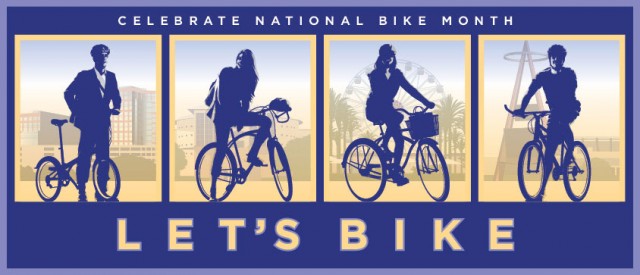 May IS
May IS
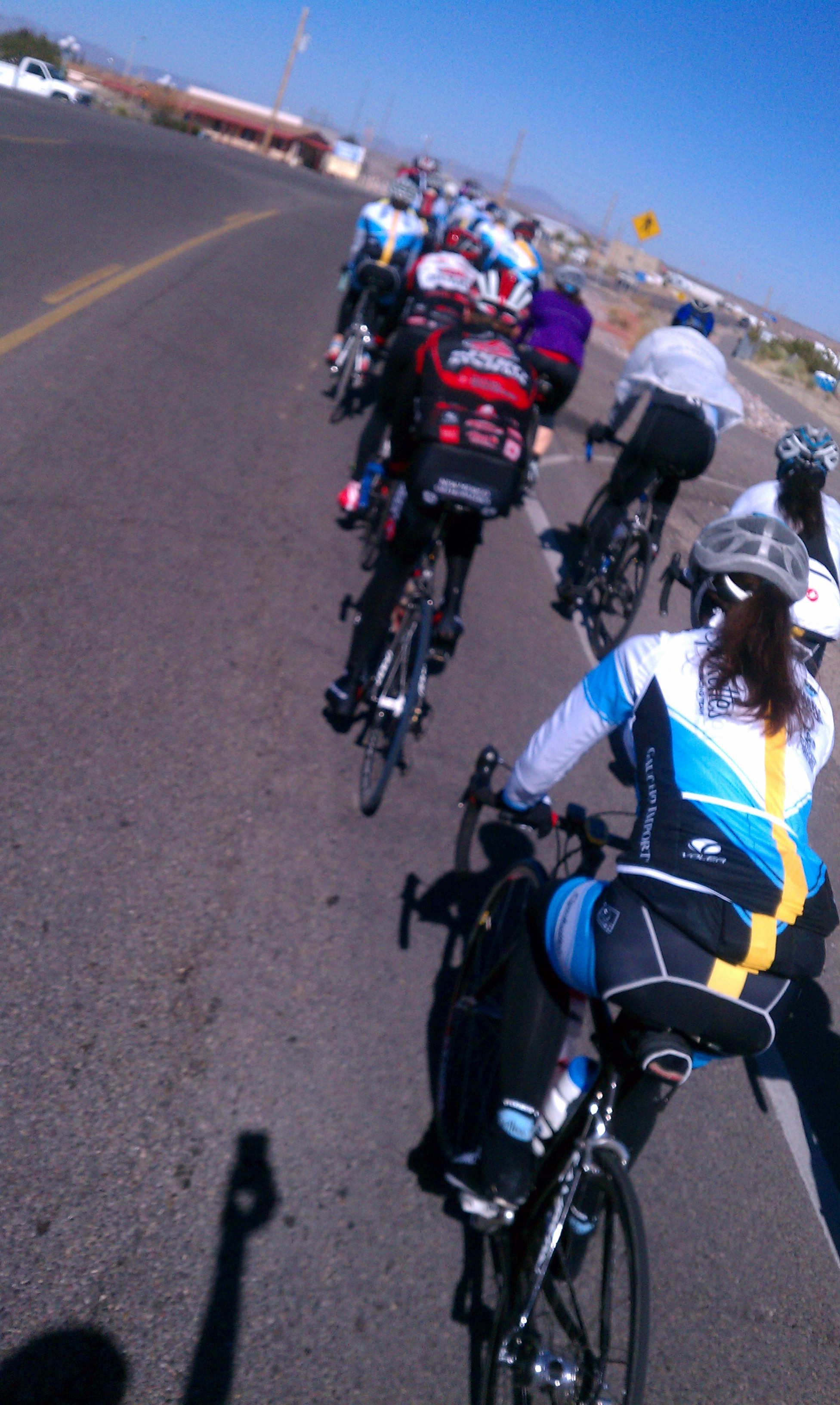 National Bike Month!
National Bike Month!
Warmer weather and longer daylight hours might be nudging you to get your bicycle out and take a spin. Although you will likely remember how to balance and pedal that bike, having the most fun on any bike ride depends on many things. And who doesn’t want to have the most fun possible?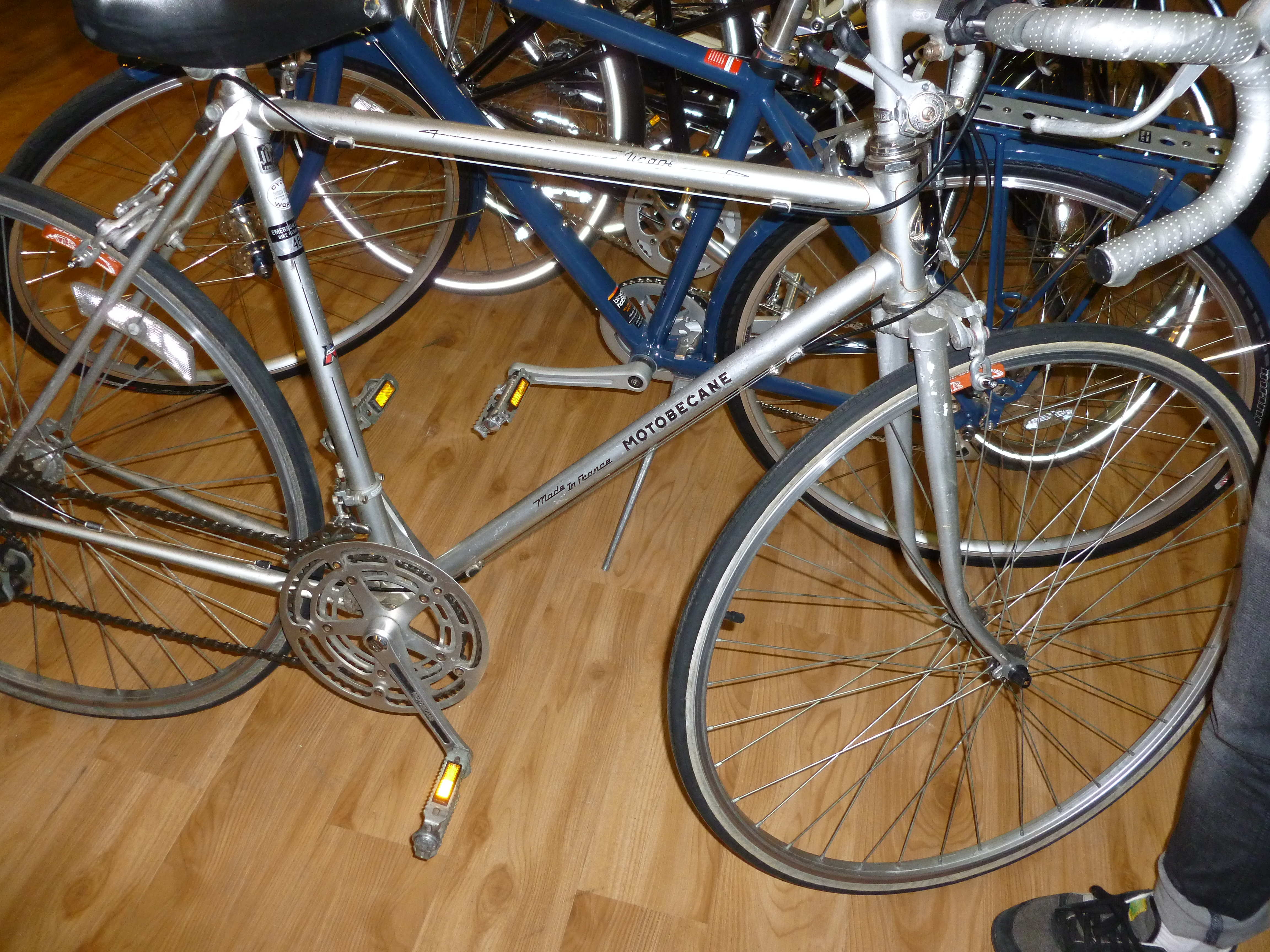
Bicycles can definitely benefit from a mechanical check-up before heading out. How are your tubes and tires? They can deteriorate even when not used. The drive train is very important too. Proper adjustment and lubrication are necessary for you to be able to use the equipment you have easily and safely. And speaking of safety, how are you breaks?
Have your bicycle checked out at a local bike shop if you aren’t experienced working on a bike. While you are there, ask about water bottles or other hydration systems if you plan on riding more than about 30 minutes at a time. A well-adjusted bicycle helmet won’t protect you from all fall hazards, but it does help shield one of your most important assets. Most bike shops have free bicycle maps, which can come in handy!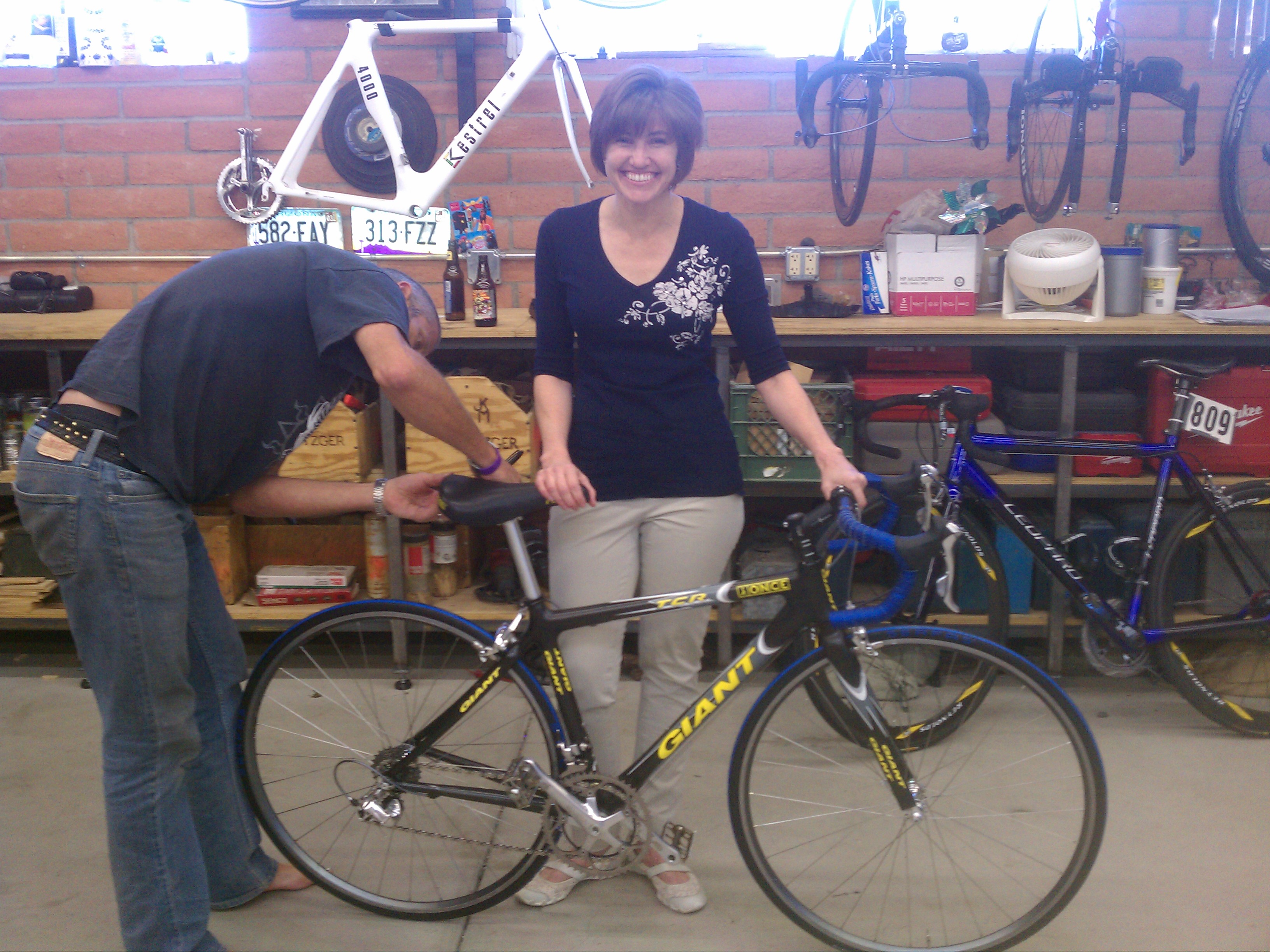
Once your bike is set, plan your first outings according to how much recent pedaling experience you have. A few circuits of your neighborhood to cruising the Bosque multi-use path to climbing the Crest road are all possible, but taking on too much too soon won’t enhance the enjoyment factor. Use that bike map to plan a route that takes advantage of the infrastructure that Albuquerque does have. Ask other riders or at that local bike shop for ride recommendations.
Use your first few rides to reacquaint yourself with how your bike works. Shift the gears, use the breaks, and drink from your hydration system. Practice looking around you, behind, left and right. Can you ride one handed? Signaling turns requires this, and might be a skill to practice as well.
When you are out there riding, avoiding traffic surprises is key to keeping you safe and happy. “Traffic” takes many forms; other bicyclists, pedestrians and motorists. It takes a bit of thought and intent to navigate around these other road users with ease.
Avoid looking at your front wheel or the road just in front of you. Keeping your gaze active, looking left, right, ahead and behind often gives you the most time to react to thing that will be happening around you. Purposeful, predictable movements, on a multi-use path or city streets, are highly recommended. There will be many times you’ll interact with other road users, cyclists, pedestrians and motorists. Using all your senses to keep tabs on the dynamic situation around you really helps. I recommend leaving your ear buds at home.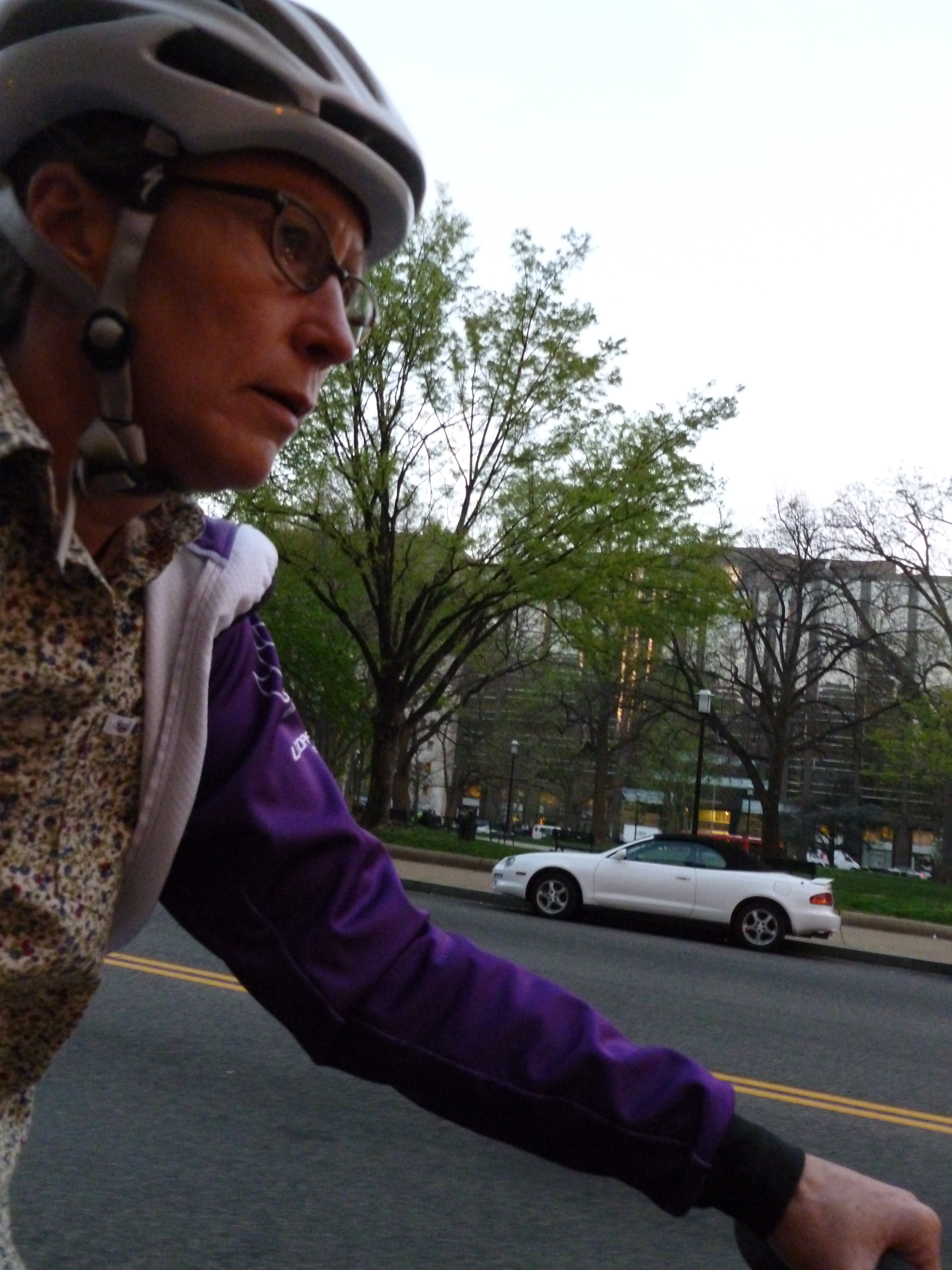
If all road users developed these same good habits we would all be safer. For many bicycle riders, things they learn about traffic safety while riding a bicycle have a positive impact on their motor vehicle driving skills.
So go for a ride!!
Jennifer Buntz
PS: Cycling skills sessions and commute advice are available. Contact Coach Jennifer via this website’s contact form for details.
